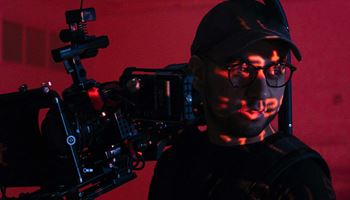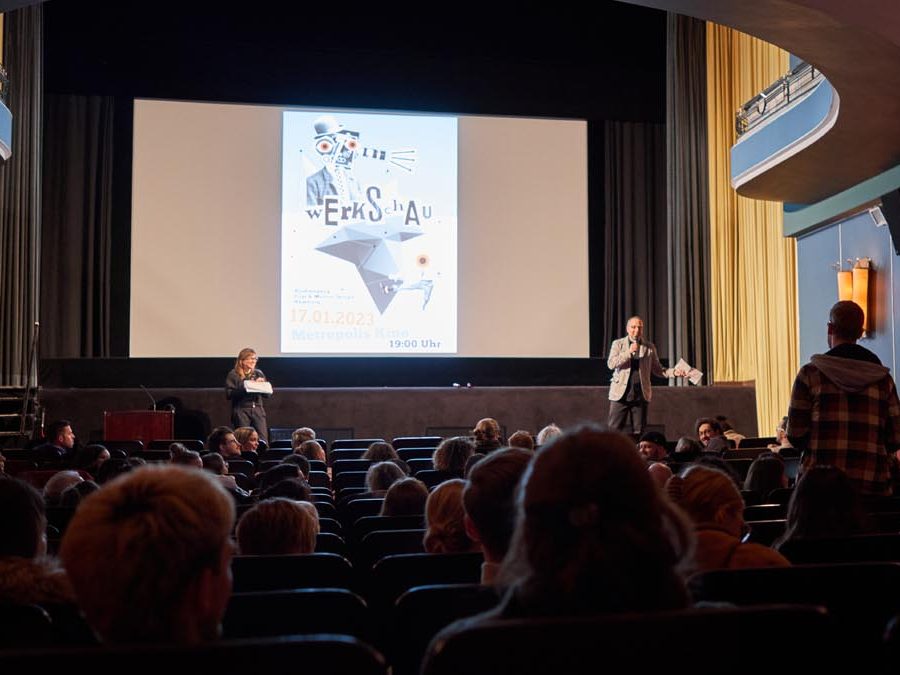
Video is a powerful tool that shapes the world we live in today. In the age of visual storytelling, videography and cinematography are common buzzwords that you may have come across. While they share similarities, there are some key differences between cinematography and videography regarding expertise, type of projects, skills, roles and responsibilities. Let’s dive into these differences and explore the importance of cinematography and videography in the world of video.

What is Cinematography?

What is Videography?
Cinematography vs Videography
Let’s dive deeper into videography and cinematography, exploring the key features of each career path both on screen and behind the cameras:
| Aspect | Videography | Cinematography |
| Focus | Shooting events and live content | Emphasis on visual storytelling |
| Type of work | Interviews, weddings, live events | Films, advertisements, music videos |
| Equipment | Easy-to-use, professional equipment | Advanced, high-end equipment |
| Stability | Consistent work across various industries, freelance opportunities | Highly competitive, project-based, experience required |
| Flexibility | Highly flexible with freelance work and multiple projects at once | Less flexible due to long-term projects |
| Approach | Functional, work in small teams or solo | Artistic, collaborative, work closely with director |
| Earning Potential | Salaries vary depending on number of projects | Very high earning potential once established |
Key Differences Between Cinematography and Videography
As you can see, cinematography and videography have some key differences. Let’s zoom in on these:
- Skills
While both videographers and cinematographers require essential skills like creativity and the ability to capture moving images, specific skills for the roles differ.
Videographers must be flexible and adaptive while operating in different environments. They also require practical video production skills, including editing, audio recording and shot composition.
Cinematographers must have in-depth technical knowledge while honing their creative direction and artistic vision. The ability to visualise ideas is essential, and strong management and collaboration skills are also required.
- Type of Work
One of the main differences between cinematography vs videography is the variation in projects. While videographers typically capture events like live performances, weddings and conferences, cinematographers focus on high-level productions, including motion films and documentaries.
Another way of looking at it is that videography usually serves a functional purpose, while cinematography is all about storytelling and contributing to a production’s overall narrative.
- Equipment
There are also some differences between cinematographers and videographers in terms of equipment. Cinematographers work with high-end cameras, audio and lighting equipment, with access to advanced cinematic lenses.
Videographers typically use professional equipment designed for accessibility. Equipment focused on stability, including tripods and gimbals, and specialised audio equipment are also essential for videographers shooting in different environments.
- Responsibilities
Due to the differences in seniority between cinematography vs videography, the responsibilities for each role are different.
Videographers are responsible for documenting events and capturing real-life moments while working alone or in a small team. Their main goal is to produce clear footage that meets audience expectations.
On the other hand, cinematographers oversee various professionals and work closely with directors to craft a production’s visual identity. They offer expertise with the technical aspects of each shot and are involved during pre- and post-production.
- Career Outlook
While both cinematography and videography are in-demand fields, a cinematographer is a much more senior position than a videographer. This affects areas such as earning potential, demand, job stability and flexibility.
Cinematographers can earn lucrative salaries while working on high-budget productions, making the career path competitive. Videographers may not earn as much, but they have more opportunities, offering more flexibility and job stability.
How to Pursue a Career in Cinematography and Videography
There are many ways to enter the video production field and build a platform for a successful career in cinematography and videography.
The foundational skills in both career paths are similar. Professionals require an in-depth knowledge of video production, including shooting, editing, lighting and sound.
Those considering a career in cinematography and videography should follow this script:
- Gain a basic understanding of video production
- Experiment with video equipment
- Develop editing skills by exploring editing software
- Pursue a degree in a related field, like a bachelor’s degree in photography
- Gain industry experience through part-time work, internships and voluntary roles
- Build an impressive portfolio / reel
- Consider developing specialist skills in an area of interest
- Network with industry professionals
Maintain a continuous learning mindset throughout your career
Lights, Camera, Career: Start Your Journey at UE
So, now you know the differences between cinematography and videography, it’s time to gain the skills, knowledge and experience to launch a successful career in video production.
The University of Europe for Applied Sciences (UE) offers a wide range of courses designed for individuals looking to enter the creative industries, from photography and illustration to film and animation.
If you’re passionate about telling stories through powerful imagery, check out UE’s BA Photography & New Media, delivered in one of the world’s most dynamic cities, Berlin.
Take your first steps towards a career in videography and cinematography by exploring UE’s creative degree programmes here.
FAQ's
